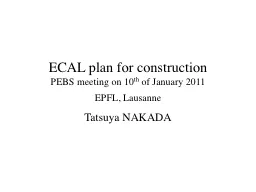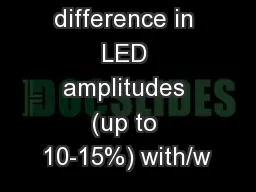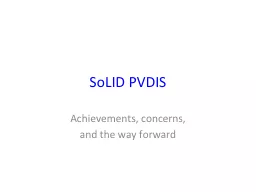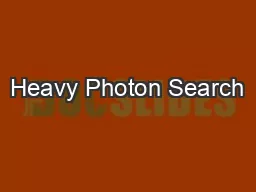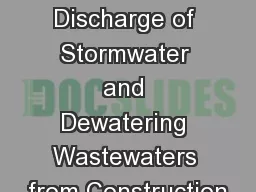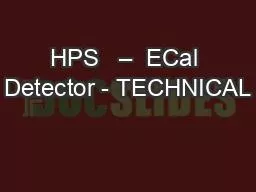PPT-ECAL plan for construction
Author : quorksha | Published Date : 2020-08-06
PEBS meeting on 10 th of January 2011 EPFL Lausanne Tatsuya NAKADA Boundary conditions Funding from the ESA PRODEX programme through Swiss space office partnership
Presentation Embed Code
Download Presentation
Download Presentation The PPT/PDF document "ECAL plan for construction" is the property of its rightful owner. Permission is granted to download and print the materials on this website for personal, non-commercial use only, and to display it on your personal computer provided you do not modify the materials and that you retain all copyright notices contained in the materials. By downloading content from our website, you accept the terms of this agreement.
ECAL plan for construction: Transcript
Download Rules Of Document
"ECAL plan for construction"The content belongs to its owner. You may download and print it for personal use, without modification, and keep all copyright notices. By downloading, you agree to these terms.
Related Documents

